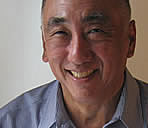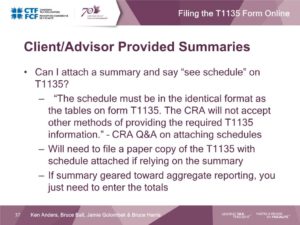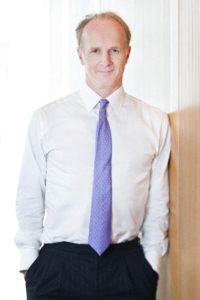Special to the Financial Independence Hub
In a serial circuit when one light bulb goes out, all the lights go out. Each light is wired to the next and all of them have to work for each one to work. In a parallel circuit all the lights are wired together but independently from each other, so when one light goes out, the other lights still stay on.
This concept is important and comes into play in my book ‘RECALCULATING – Find Financial Success and Never Feel Lost Again’. The book applies the analogy of driving to investing and financial planning. (See earlier Hub blog on the book).
I have spent almost a quarter of a century counseling clients about their money and assets, and often see people who believe their financial planning should look like a serial circuit. They think they must achieve one goal before moving on to the next. They have constructed an order or sequence that must be strictly followed for them to feel comfortable about achieving their plan.
This is the view Marvin and Jesse had when I met them. A successful, professional couple, they had young children and a list of goals. No. 1 on the list was that they wanted to be mortgage-free by age 45. They also wanted their kids to go to a private school, and vacations every year with the family. In addition, they wanted a comfortable retirement by their late fifties. They had great jobs, were disciplined savers, and figured they should be able to achieve all these goals. But they didn’t know how to put all the pieces together and make it happen.
I reviewed the situation to gain an understanding of their current state, and discovered that almost all their uncommitted cash flow went to pay down the mortgage. There were only token amounts being saved for their children’s education, family vacations, and retirement plans.
A couple that used serial financial planning
When I asked about this, they said paying down the mortgage as quickly as possible was the central assumption – the core pillar – of their financial planning. In short, this couple looked at all their desired destinations as if they were part of a serial circuit. Once they had paid off the mortgage, they would move on to the other plans.
I told them they could do this, but achieving that milestone of being mortgage-free by age 45 meant they could not put their children in private school, take annual holidays with the family, or make tax-advantaged contributions to their retirement plans. So, while they could be mortgage-free at an early age, they would not accomplish their other goals. And, of course, they couldn’t get the time back.
None of us can.
Shift to financial planning in parallel
I showed them that changing the picture from a serial circuit to a parallel circuit might be the answer. Continue Reading…








